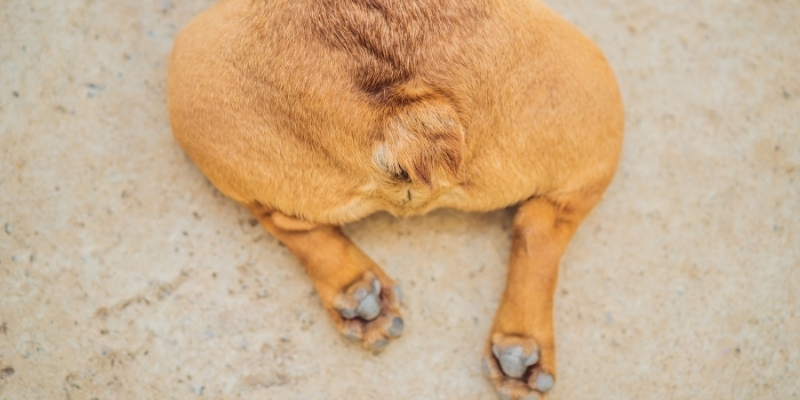When an active dog goes lame on a hindleg, five common issues could be the potential cause. Can you guess what they are? Answers below!
1. Cruciate disease
Cruciate disease involves damage to the cranial cruciate ligament (a key ligament) in the knee joint of the hindlimb.
Whilst some pets can completely snap their cruciate ligament in one go due to a significant trauma, many dogs will suffer from chronic cruciate disease, where their ligament gradually tears (usually over months). Chronic cruciate disease leads to periods of hindlimb lameness from which the pet appears to recover until the ligament eventually tears completely.
2. Patellar luxation
Patellar luxation is most common in smaller breed dogs and involves abnormal looseness of one or both kneecaps. In less severe cases, the kneecap may occasionally pop out of place, causing the pet to suddenly “skip” on the affected hind leg until the kneecap pops back into place.
3. Broken nail
It’s not uncommon for active pets to break one of their nails when racing around in pursuit of a toy, which can be very painful if the raw nail bed becomes exposed and may become infected.
Usually, broken nails will bleed, and the pet will lick at their paw frequently.
4. Hip dysplasia
Hip dysplasia is a developmental condition involving abnormal looseness and improper formation of the hip joint.
Unfortunately, this makes affected pets more likely to develop arthritis in their hip joints at a relatively young age. Arthritis in the hip joint may cause flare-ups of hindlimb pain, particularly after vigorous exercise.
5. Soft tissue injury
Soft tissue injuries can be a risk for pets having outdoor adventures. Common injuries include bee stings, paw injuries (such as cuts from oyster shells or embedded glass pieces), or simple joint strains due to over-exuberant playing.
In cases of pet lameness, we advise a veterinary check-up if your pet looks pretty uncomfortable or generally unwell or if the lameness isn’t improving after 24-48 hours.

